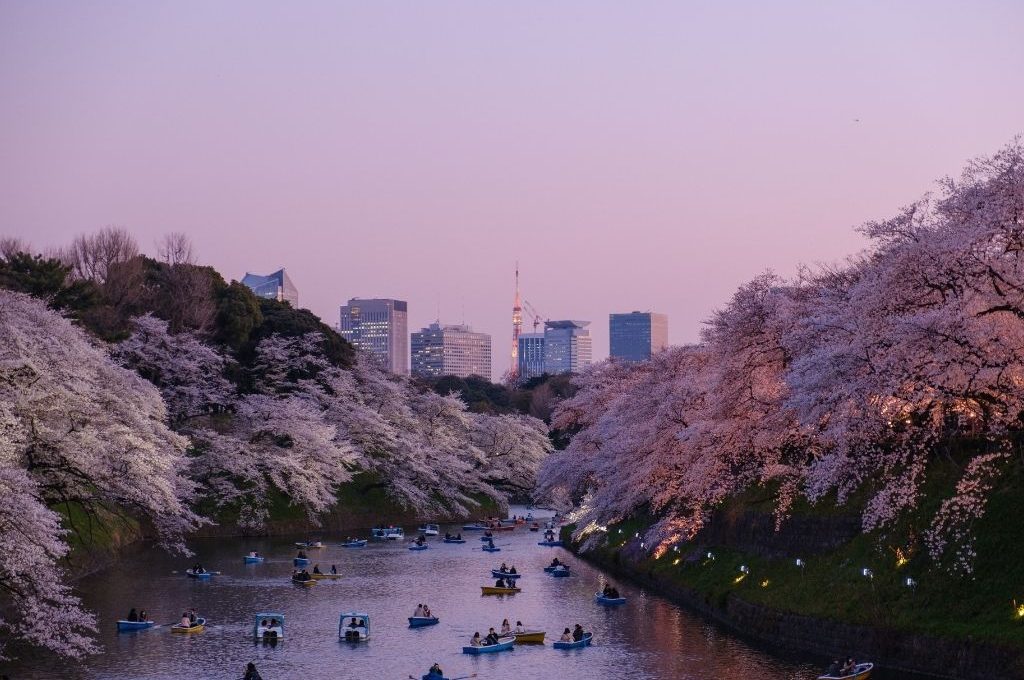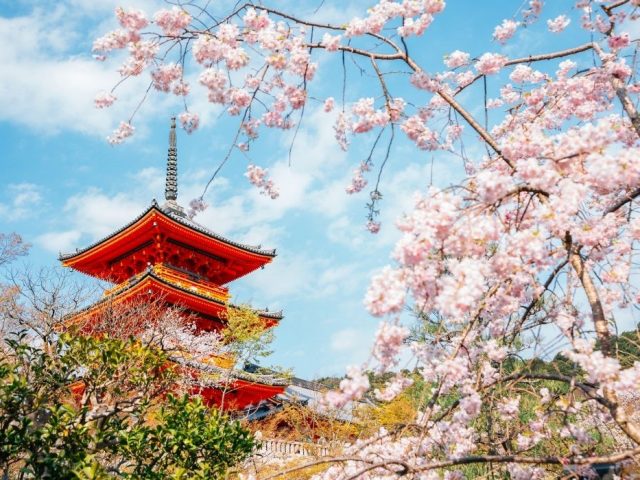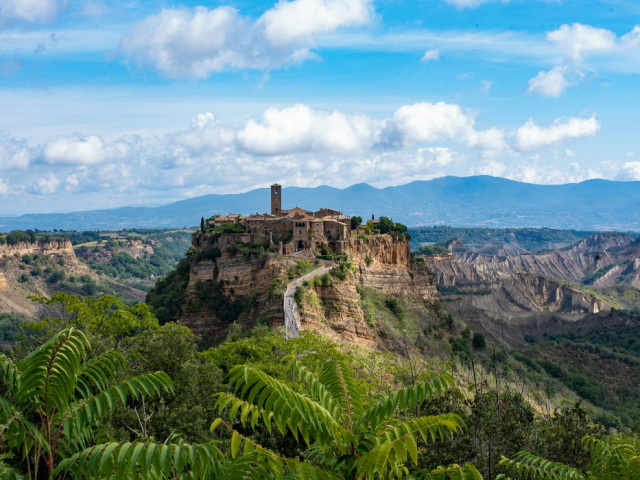Welcome to the dazzling cityscape of Tokyo, where ancient traditions merge effortlessly with futuristic marvels!
Tokyo once had the name “Edo”. It had modest origins as a small fishing village on the eastern shore of Honshu, the primary island of Japan. However, destiny held great aspirations for this delightful settlement. In the early 17th century, Edo was the centre of authority for the Tokugawa shogunate, a dynasty that governed Japan for more than two and a half centuries. With the city’s expansion, it evolved into a vibrant urban centre, ultimately discarding its former name and adopting the title of Tokyo, signifying the “Eastern Capital.”
🛎️ Reminder: To explore Tokyo with your digital tour guide, don’t forget to download Piri Guide! 😊
Where is Tokyo City?
Pulsating with energy, Tokyo is Japan’s capital and one of the world’s most populous cities. Tokyo is on the south-eastern part of Honshu, blessed with a stunning waterfront and surrounded by lush mountains. While it may be the epitome of a modern megacity, Tokyo has managed to preserve pockets of serene beauty.
Did You Know? 👀
Japan boasts an astounding number of vending machines, with more than 5,000 per square kilometre, providing a wide array of products ranging from steaming ramen to fragrant flowers. Although it may sound unbelievable, this is a reality. Tokyo, in particular, is renowned for its abundance of vending machines. It is an established fact that Japan allocates 3% of its electrical energy to power these machines.
If you like learning little fun facts, take a look at “Vatican: Explore Vatican’s Hidden Fun Facts”.
How to Go to Tokyo?
Tokyo has two major airports: Narita International Airport (NRT) and Haneda Airport (HND). Most international flights arrive at Narita Airport, while Haneda Airport primarily serves domestic and some international flights.
Tokyo is quite advanced in the means of local transportation. The entire railway system in Japan, known as Japan Rail (JR), spans across the entire country. The city has also its Shinkansen (Bullet Train) and subways, which are The Tokyo Metro and The Toei Transportation.
When to Go to Tokyo?
When it comes to visiting Tokyo, you’ll be glad to know that each season has its own charm. However, spring would be a particularly delightful time to go, specifically from late March to early April. That’s when the famous cherry blossoms, or sakura, are in full bloom, painting the city in shades of pink and creating a truly magical atmosphere. 🌸
During this season, parks and gardens across Tokyo, such as Ueno Park and Shinjuku Gyoen, transform into breath-taking floral wonderlands. These parks are amongst not only the Tokyo tourist attractions but also the locals of the city. People gather for hanami parties and enjoy picnics under the cherry blossom trees, savouring delicious food and drinks.
Must-Visit Places to Visit in Tokyo
We’ve made a list of must-visit spots in Tokyo. Yet, we should remind you that you can find more on Piri Guide mobile app. Piri Guide detects your location, offers you the best travel routes, and starts telling you the hidden stories of wherever you are. All you have to do is to get your headphones or earbuds and follow the path at your own pace. Then, don’t set out for your trip before downloading the digital travel guide! 😊
Shinjuku Gyoen National Garden
Shinjuku Gyoen National Garden is an absolute gem nestled in the heart of Tokyo. If you’re looking for a tranquil oasis amidst the bustling city, this is the place to be. As you step foot into the garden, you’ll be greeted by a serene atmosphere and an array of vibrant flowers, lush greenery, and picturesque landscapes.
Find a cosy spot under a cherry blossom tree, or relax by the tranquil ponds teeming with koi fish.
🧺 Don’t forget to bring a picnic basket and spend a relaxing day in nature!
Meiji Shrine
The Meiji shrine is a sacred place in Japan associated with the Shinto religion, which is the native faith of the country. Shintoism holds a profound connection to Japan’s past, culture, and lifestyle. This distinctive and intricate belief system centres around the worship of kami, divine spirits or gods that are thought to reside in different natural elements like mountains, rivers, trees, and even ancestral figures.
The term “Shinto” translates to “the path of the deities” and highlights the strong bond between humans and the natural environment.
Cat Street
Yes, you’ve heard it right: Cat Street! 🐈
Cat Street derives its name from its winding shape resembling a cat’s tail. The street exudes a vibrant atmosphere blending creativity, individuality, and a fusion of old and new. It showcases an array of boutique shops, vintage stores, and renowned fashion labels. There, you can discover unique fashion finds, accessories, and trendy streetwear defining Tokyo’s fashion scene.
🎨 Art aficionados will find delight in Cat Street’s captivating street art murals, whimsical sculptures, and intricate graffiti.
Hachikō Memorial Statue
Hachiko, an Akita dog, belonged to Professor Hidesaburo Ueno from Tokyo Imperial University. Each day, Hachiko would accompany his owner to Shibuya Station, bid him farewell, and eagerly await his return in the evening. Sadly, tragedy struck in 1925 when Professor Ueno passed away. Unaware of his owner’s fate, Hachiko continued his routine, faithfully waiting at the station day after day, month after month, and year after year.
In 1934, a bronze statue was erected near Shibuya Station as a tribute to Hachiko, one year before his own demise.
Sensō-ji Temple
Sensoji, or Asakusa Kannon Temple, is a Buddhist temple. According to legend, around the year 628, two brothers made a remarkable discovery while fishing in the nearby Sumida River — a sacred statue of Kannon, the goddess of mercy. Despite returning the statue to the river, it continuously returned to them. Realizing its divine nature, they decided to enshrine the statue, giving rise to the establishment of the Sensoji Temple in 645.
Throughout the centuries, this temple has served as a symbol of devotion and a source of hope for numerous generations. Sensoji Temple holds the distinction of being both the oldest and one of the most popular temples in Tokyo.
We believe that you’re not done with Tokyo. Soo, download Piri Guide to unlock a world of captivating experiences before your trip to Japan’s impressive capital city!




